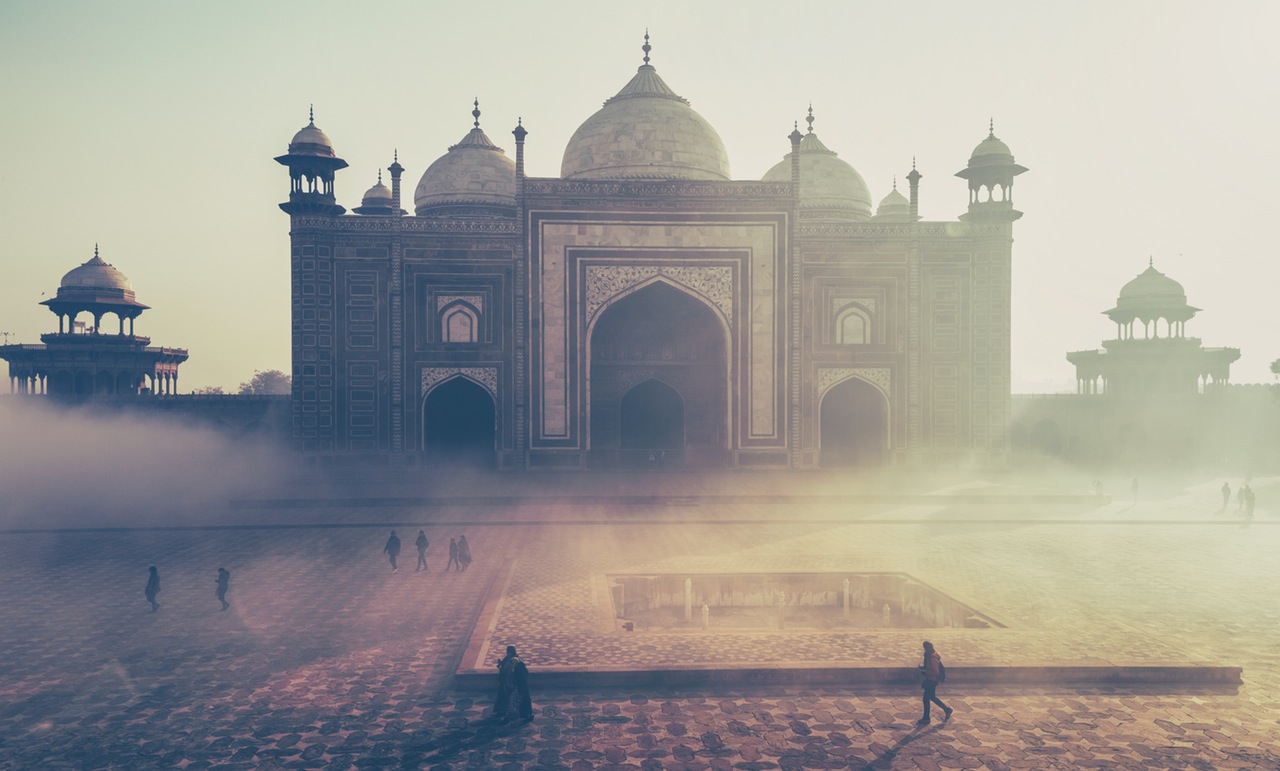Agra is a city on the banks of the river Yamuna in the northern state of Uttar Pradesh, India. With a population of 1,686,993 (2013 est.), it is one of the most populous cities in Uttar Pradesh and the 19th most populous in India.
Agra & The Taj Mahal
Agra can also refer to the administrative district that has its headquarters in Agra city. It is a major tourist destination because of its many splendid Mughal-era buildings, most notably the Tāj Mahal, Agra Fort and Fatehpūr Sikrī, all three of which are UNESCO World Heritage Sites.
Agra is included on the Golden Triangle tourist circuit, along with Delhi and Jaipur; and the Uttar Pradesh Heritage Arc, tourist circuit of UP state, along Lucknow the capital of the state and Varanasi. Agra falls within the Braj cultural region.
The jewel of Muslim art in India
The Taj Mahal is an ivory-white marble mausoleum on the south bank of the Yamuna river in the Indian city of Agra. It was commissioned in 1632 by the Mughal emperor, Shah Jahan (reigned 1628–1658), to house the tomb of his favourite wife, Mumtaz Mahal.
The Taj Mahal is one of the universally admired masterpieces of the world’s heritage.
The Taj Mahal was designated as a UNESCO World Heritage Site in 1983 for being “the jewel of Muslim art in India and one of the universally admired masterpieces of the world’s heritage”. Described by Nobel laureate Rabindranath Tagore as “the tear-drop on the cheek of time”, it is regarded by many as the best example of Mughal architecture and a symbol of India’s rich history.
The Taj Mahal attracts 7–8 million visitors a year. In 2007, it was declared a winner of the New7Wonders of the World (2000–2007) initiative.
Source:
by Eduardo

